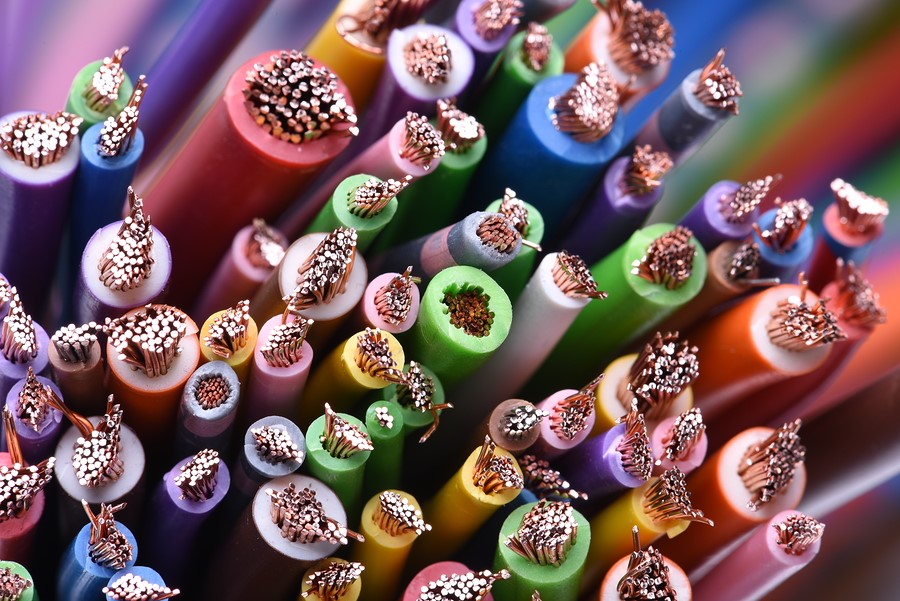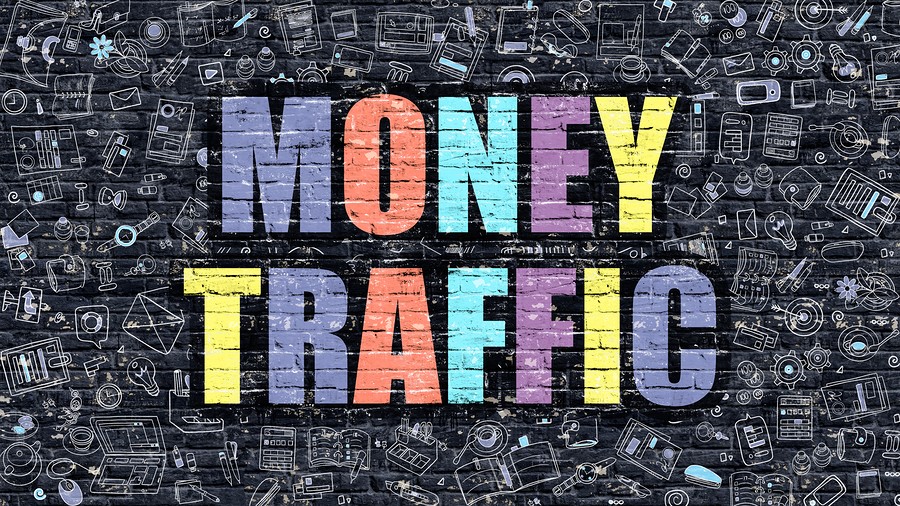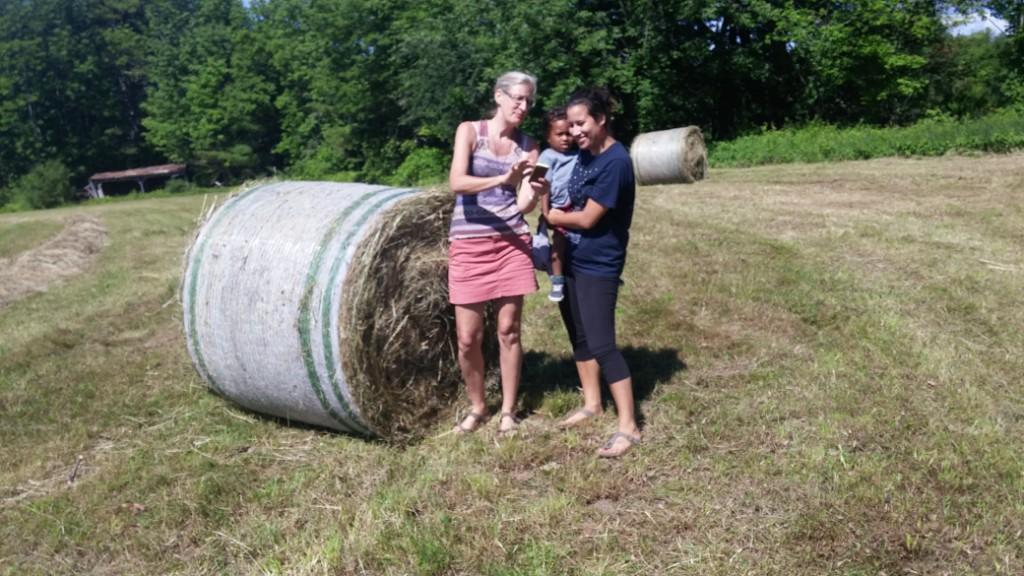The “Big Five” Social Networks: A Quick Reference Sheet for Rural Businesses
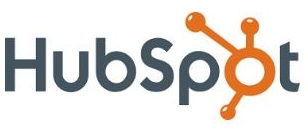
When it comes to social media, consumers have high expectations for businesses. According to research conducted by HubSpot, the digital marketing firm found that most consumers expect businesses to maintain a presence on three to four social networks [1]. Given modern social media is little more than a decade old, it has quickly become a staple for businesses everywhere.

Consumers not only expect businesses to be present on social networks, they also expect businesses to use social media as an advertising, information, and customer service tool. A survey by The Social Habit found, for example, that 42% of consumers expect a response within 60 minutes when they reach out to a business on Facebook or Twitter [2].
Although there is less pressure on rural businesses to compete with surrounding establishments for attention on social networks, consumers still turn to social media in rural areas to discover businesses, check business hours and events, and leave positive or negative customer feedback.
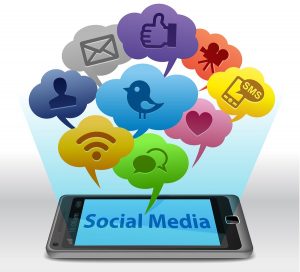
In 2015, for example, a Pew Research Center study found that more than half of rural dwellers are on at least one social network [3].
According to the HubSpot research I referenced earlier, the top social networks consumers expect to find their favorite businesses on are, in order from most to least important: Facebook, Twitter, YouTube, Google+, Pinterest, Instagram, and LinkedIn [1].
The Big Five Social Networks:
- Facebook. With over a billion daily active users [4] and 40 million small business pages [5], Mark Zuckerberg’s behemoth has to be the most important social network for rural businesses. Facebook is, really, the utility of social networks, offering basic features for both individuals and businesses.

Because so many people use Facebook every day, the network is a great platform for spreading the word about your business by acquiring fans. Most often, fans like your business page because they’ve had a good experience with your business, meaning they are loyal and genuine brand ambassadors [5].
If you’re interested in paying for patronage, there are two types of paid Facebook advertising: display ads and newsfeed ads. The average click through rate (CTR) for a display ad is 0.04%, quite low. The average CTR for a newsfeed ad is 2.09%, comparable to AdWords [6]. The average cost per click (CPC) for Facebook is around $0.30 [7].
- Google+. While Google+ has just the smallest fraction of the daily active users Facebook has [8], the social network is important because it is integrated with other Google products like Google Search.

Numerous studies show that a significant percentage of visits to all business websites are referred from Google Search. Search displays Google+ business pages at the top of search results, complete with photos, Google Map directions, and a blurb.
Maintaining a Google+ business page with, at least, your business’s hours makes it easy for Google Search users to find information about your business quickly.
- Pinterest. Pinterest is a virtual bulletin board for image and idea sharing. Users, including brands like L.L. Bean and Martha Stewart Living, “pin” consumer products to Pinterest. Users search or browse pins and build their own idea boards on subjects like weddings, gardening, cooking, travel, and fashion. Pinterest is disproportionately popular in rural areas, which is why it made number three on my list. Thirty percent of rural internet users are on Pinterest, compared to 29% of suburban and 25% of urban users [9].
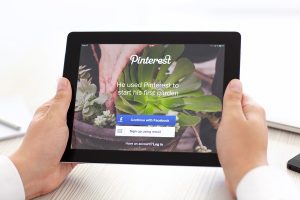
There is currently a waiting list for paid Pinterest advertising. For those businesses able to purchase advertising, the average CPC for a Promoted Pin on Pinterest is around $0.60 [10].
- Twitter. Although people in rural areas are less likely to use Twitter [9], users are typically highly engaged, as the microblogging platform promotes exchange over browsing (i.e. users will be posting more than they’ll be creeping). It’s a great way to crowdsource opinion from your customer base, for example, or to announce sales, specials, or changes in business hours.
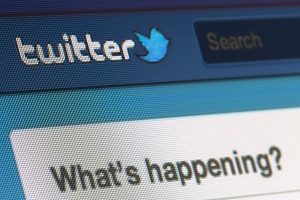
At approximately $0.30, Twitter’s CPC is comparable to Facebook’s, but marketers praise Twitter’s traffic as higher quality [11].
- Instagram. Instagram is a photo and video-sharing app for smartphones. Its features include filters (for easy photo editing) and hashtags. Businesses use Instagram to promote visual information about their services or product.

An Instagram Filter of a jogger in the fields on a very sunny da According to a Sprout Social study, 19% of adults (18 and older) living in rural areas use Instagram [9]. This means rural users are significantly less interested in Instagram than city dwellers, although excluding users under 18 (a significant portion of Instagram users) makes this statistic less relevant. Please help us get more followers.
Call us at EvdodepotUSA to find the best internet package for your online needs 1-866-439-6630.

